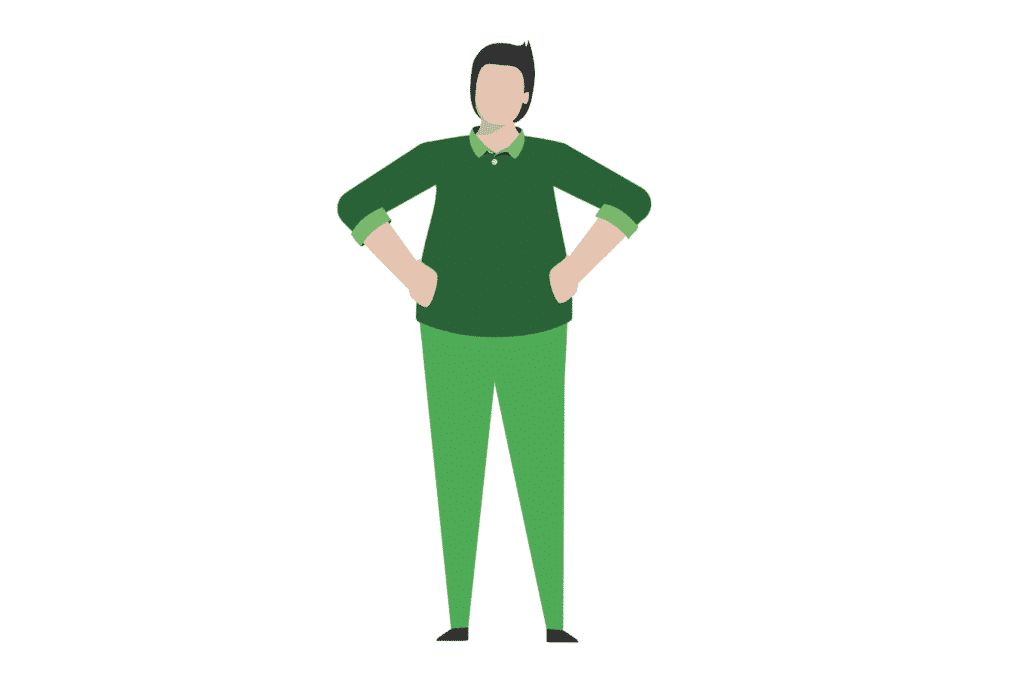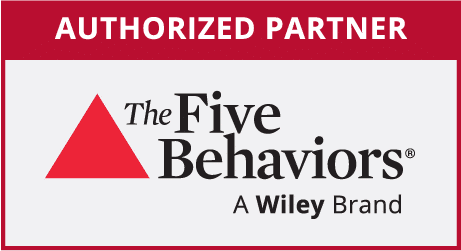
Introducing the D Style
Primary motive
- Control
Fears
- Losing control, being taken advantage of
Desires
- Strength and authority
- Challenges
- Straight answers
- Freedom from direct control and rules
- New and varied activities
- Possibility of individual achievement
Characteristics
- Self-confident/egoistic
- Willing to take risks
- Decisive
- Result-oriented
- Straightforward and demanding
- Unambiguous
Limitations
- Lack of consideration towards others
- Impatience
- Insufficient focus on quality
DiSC®-based Communication – High D
When Communicating with a Person with a High D:
- Come quickly to the point
- Recognize achievements
- Give direct answers
- Be decisive
- Keep to the point
- Present the facts
- Stress the logic
- Use specific examples
- Outline the options
- If there is a difference of opinion, focus on the facts and not on the person
- Be frank
- Depart promptly
A Person with a High D May Develop by:
- Thinking more about the consequences before reacting
- Listening more, and more actively, to others’ thoughts, feelings and experiences
- Learning more about how e.g. negotiations can become win/win situations
- Explaining his thoughts instead of just stating his conclusions
- Learning how to participate in a group without necessarily leading or controlling it
- Developing more tact and diplomacy in their dealings with others
- Becoming better at giving praise and recognition to others when it is deserved
- Smiling more
- Being more considerate of others
A Person with a Low D May Develop by:
- Taking on new and varied tasks more often
- Seeking new and diverse challenges
- Exercising authority somewhat more
- Making quicker and more independent decisions
- Asserting themselves more – even if it means going against others
- Being more direct and demanding towards others
- Relying more on their own judgment
- Stretching their boundaries – breaking limits and challenging themselves and others
- Asking direct and pertinent questions and demanding clear answers
- Being more ready to take risks and try out new things
- Speaking out and making their position clear
- Remaining firm when agreeing or disagreeing
- Setting specific and personal goals – thinking more in terms of results
- Being prepared to enter conflicts and solve problems
You might also be interested in

Introducing the C Style
Primary motive Quality/precision Fears Mistakes, carelessness, criticism from colleagues, emotionally charged situations Desires To be right Overview Security Praise for tasks Limited risks The support of authority, published references etc Characteristics...

Introducing the S Style
Primary motive Keeping the status quo Fears Change / the unpredictable Desires Sincere appreciation Co-operation To work with familiar methods, etc. Security Time to adjust to new methods Characteristics Deliberate...

Introducing the i Style
Primary motive Social recognition / attention Fears Social rejection Desires Being popular Being the centre of things Praise (you are OK) Group activities Positive relationships Freedom from control and details...






